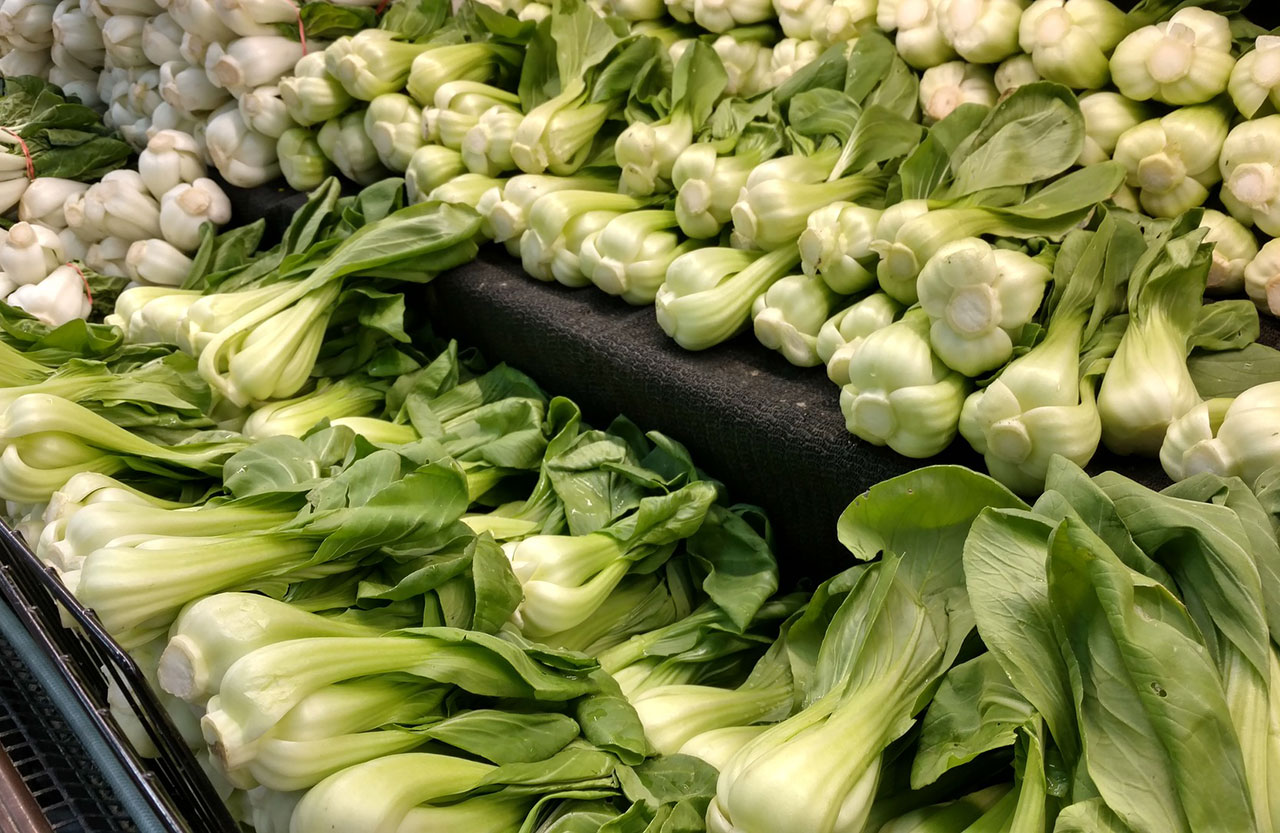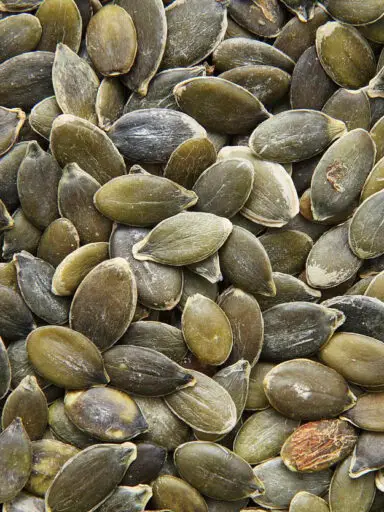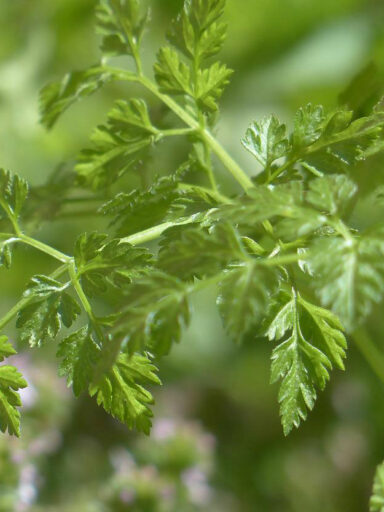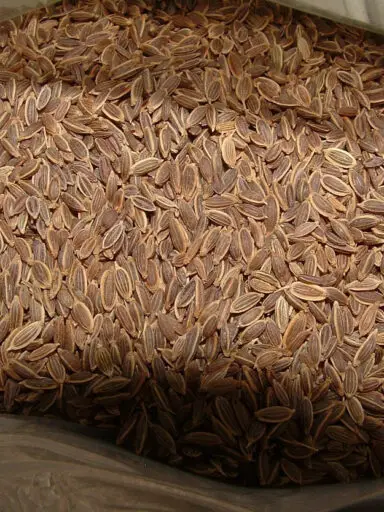Bok choy or pak choi which means “White vegetable” is a type of Chinese cabbage that does not form heads. Its formation resembles a cross between collard greens and celery.
Depending on who you speak with this vegetable is also called Chinese chard, Chinese mustard, celery mustard, or spoon cabbage.
This crop grows to about 30 to 5 cm tall when fully mature. It is a popular vegetable in Eastern Asia regions, more precisely China, the Philippines, and Vietnam. Outside South East Asia they are widely grown in Northern Europe as this is a winter-hardy crop.
Bok choy is available in stores and marketplaces all year. The best crop is available during the winter season. The fresh plant should always be purchased. The stalks should be firm and bear a vibrant color. The leaves should be crispy and dark green and glossy in color and texture.
Avoid withered crops, slumped stalks, and leaves that are slimy or mushy. Avoid those that are discolored, pale, or visible signs of bruises, cuts, and mold.
This vegetable should be stored in a refrigerator. It is preferred to be stored in a high humidity setting. In the refrigerator, it can keep for about 3 to 4 days and still remain fresh and nutritious. Purchase crop when ready to prepare for culinary uses so as not to try and keep it for unnecessarily long periods.
Preparation of Bok Choy for Consumption
Trim the base of the crop and remove any discolored outer leaves. Wash the rest under running water to remove any soil and dirt particles as well as pesticide residue. After washing sit, upside down to drain excess water.
The plant can be prepared by slicing in halves lengthwise. According to recipe instructions, you can cook it in various methods.
Basically, you can mix it with other vegetables or it can be the sole vegetable. You can steam, saute, stir-fry, and roast bok choy. It can be eaten raw as part of a salad. It can be stuffed and used in soup and sauce preparations. It is also used a lot in coleslaw salad. It is also used as one of the vegetables in Kimchi in South Korea.
Other seasonings and flavoring ingredients include bell pepper, garlic, green chili, onion, soy, tomato sauce, salt, and black pepper. It is also delicious with meats, poultry and fish, and seafood dishes.
Nutritional Benefits
Bok choy has 13 calories per 100 grams. It has no cholesterol, 1% fat, 3% protein, and 1% carbohydrates. As for the B-complex vitamins, bok choy is a great source of folates and pyridoxine. It is also a good source of riboflavin, thiamin, and niacin.
The vegetable is a very rich source of vitamin A, vitamin C, and vitamin K.
This food is a good source of sodium and potassium. It is also a great sauce of calcium, iron, manganese, magnesium, and phosphorus.



